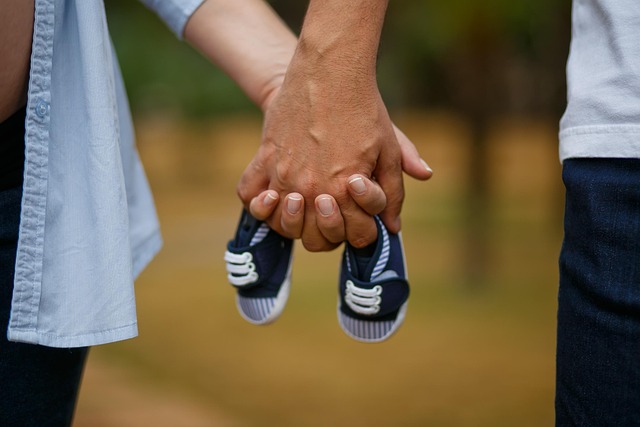The second trimester spans from week 13 to week 28, often considered the most comfortable phase of pregnancy for many women. During this time, morning sickness and fatigue typically diminish, allowing you to regain your energy and feel more like yourself.
Key Milestones in Fetal Development
Weeks 14 to 16 – (Gestational Age: Fetal Age 12 to 14 weeks): At this stage, the fetus’s skin is still transparent, and fine hair known as lanugo begins to sprout on the head. The fetus starts to suck and swallow small amounts of amniotic fluid. Unique fingerprints develop on their tiny fingers. Meconium, the first bowel movement, begins to accumulate in the intestines. Mothers may start to feel gentle flutters as the fetus becomes more active. Sweat glands form, and the liver and pancreas begin producing secretions. By this time, the fetus measures about 6 inches and weighs around 4 ounces.
Weeks 17 to 20 – (Gestational Age: Fetal Age 15 to 18 weeks): The mother can now feel the baby’s movements more distinctly. Eyebrows and eyelashes begin to grow, and tiny nails form on the fingers and toes. The skin undergoes various changes, and by the 20th week, vernix, a protective white substance, starts to cover the skin. A stethoscope can now detect the fetal heartbeat. The fetus has grown to approximately 8 inches in length and weighs about 12 ounces.
Weeks 21 to 23 – (Gestational Age: Fetal Age 19 to 21 weeks): Lanugo covers the fetus entirely, and its appearance starts to resemble that of a newborn as the skin becomes less transparent and fat begins to develop. All eye components are fully formed, and the liver and pancreas are maturing. The fetus is now about 10 to 11 inches long, weighing between 1 and 1.25 pounds.
Weeks 24 to 26 – (Gestational Age: Fetal Age 22 to 24 weeks): As you approach the third trimester, the fetus has developed sleep and wake cycles, which mothers may notice. The fetus displays a startle reflex, and the air sacs in the lungs begin to form. Rapid brain development occurs, and the nervous system is advanced enough to control some bodily functions. At this point, the fetus measures around 14 inches and weighs approximately 2.25 pounds. If born at this time, the baby could potentially survive with medical assistance.
Want to know more about pregnancy? Check out resources like this informative blog for insights on your journey. For those interested in at-home insemination options, Make a Mom provides reusable insemination kits and a comprehensive guide on how it works. If you’re seeking a sperm donor, Vegas Pregnancy offers a free matching service. Additionally, for stylish comfort, consider checking out our post on maternity robes. For a broader understanding of assisted reproductive technologies, this Wikipedia article serves as an excellent resource.
In summary, the second trimester is a time of significant growth and development for your fetus. As you transition through these weeks, you’ll experience many exciting changes, both in your body and for the life growing inside you.
